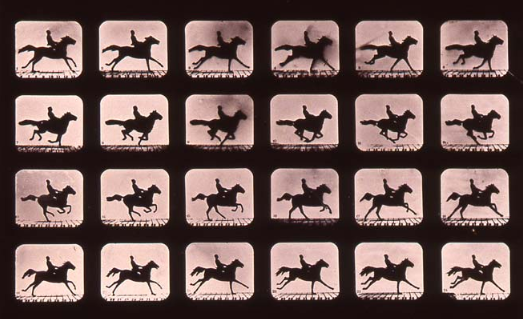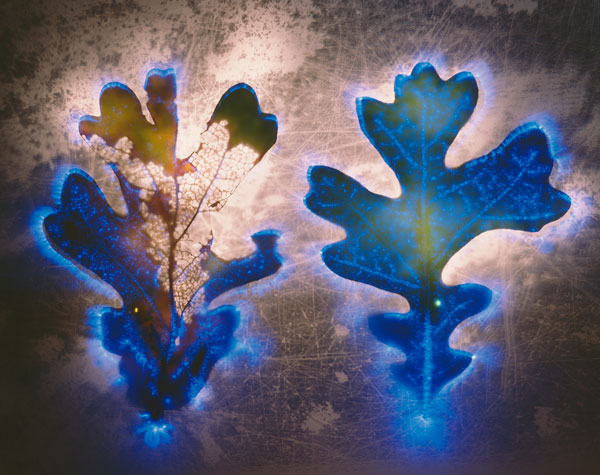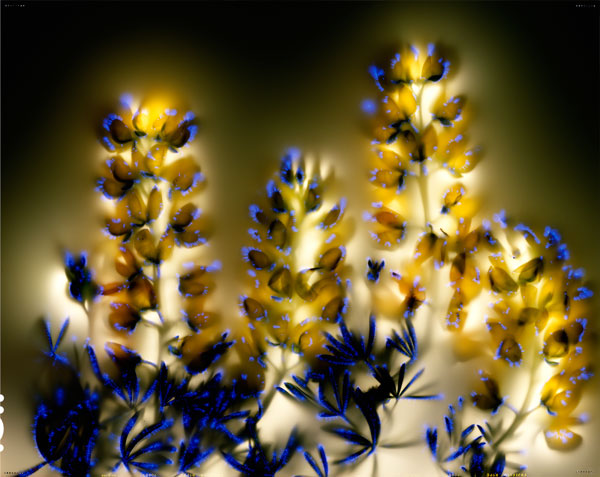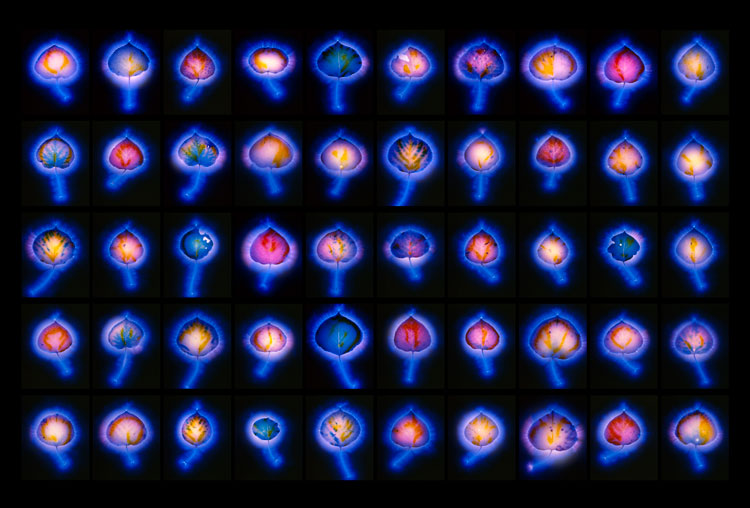Two hundred years ago, the hierarchy of subjects taught to academic painters placed history and mythology at the top, with landscape and still life at the bottom. This ranking followed the scala naturae, the ladder or scale of nature derived from Plato: God, followed by angels, demons, stars, moon, kings, princes, nobles, commoners, wild animals, domesticated animals, trees, other plants, precious stones, precious metals and other minerals. Such an aristocratically biased system may now amuse us, but to a degree it still persists, despite new scientific discoveries such as the chemical communication between plants or the ecological importance of bees, which emphasize the interconnectedness of everything.

Eadweard Muybridge
Contemporary photographers seek out specialized techniques to reveal the secrets of nature unseen by the naked human eye—not unlike 19th-century photographer Eadweard Muybridge, who revealed the true nature of animal “locomotion” that the human eye could not see, unaided. Such explorations expand the boundaries of photography by approaching the medium with unrestricted creativity, combining both scientific and artistic curiosity.
Hiroshi Sugimoto’s Lightning Fields (2008) depicts white bursts of light exploding and branching in the blackness of space. Using a Van de Graaff generator (the supposedly lightning-powered gizmo featured in The Bride of Frankenstein), he discharges 400,000 volts onto photo film affixed to a metal plate. The lightning takes its own picture (just as it makes its own self-portrait sculpture when it fuses sand into fulgurites, or crystals).

Hiroshi Sugimoto’s Lightning Fields
While Sugimoto’s photos meld art and science in a straightforward manner, the frontiers of knowledge are often contested territory. In 1939, Semyon Kirlian, a Soviet scientist, found that objects placed on highly charged photographic plates produced silhouetted images of themselves surrounded by radiant white auras, like the sun during its electrical storms. Plants seemed to reveal their hidden life, as ecstatic and radiant as any van Gogh sunflower.

Robert Buelteman, Russian River Oak, 2007
A Silicon Valley engineer named Guy Coggins adapted Kirlian’s idea for digital technology, along with biofeedback receptors, creating AuraCams that monitor acupressure points along Ayurvedic meridians. This technology has been applied to make portraits of subjects surrounded by colored clouds, with the ROYGBIV spectrum correlated with emotional states ranging from joy to relaxation.

Robert Buelteman, Lupinous arboreus, 2001
The Bay Area photographer Robert Buelteman explores high-voltage Kirlian photography sans New-Age mush, producing stunning images of plant life that are collaborations between the artist, technology and chance. Taking cuttings from his hikes around the San Francisco peninsula, he arranges the specimens carefully, sometimes using surgical scalpels to expose plant structures. The aluminum imaging easel, bearing 8×10 color transparency film, surrounded by insulating liquid silicone, Plexiglas and wood, and grounded to the building’s foundation, is charged with 40,000 volts. Buelteman, wearing protective gear, works in complete darkness with low-amperage, high-frequency, high-voltage electricity, which creates the blue corona-discharge aura surrounding the plant subjects; and a variety of light sources (tungsten, xenon strobe, fiber optics) to “paint” with other colors. The dazzling images, some of which are enlarged to wall size, are both embodiments of and metaphors for life in all its transient pyrotechnic glory.


